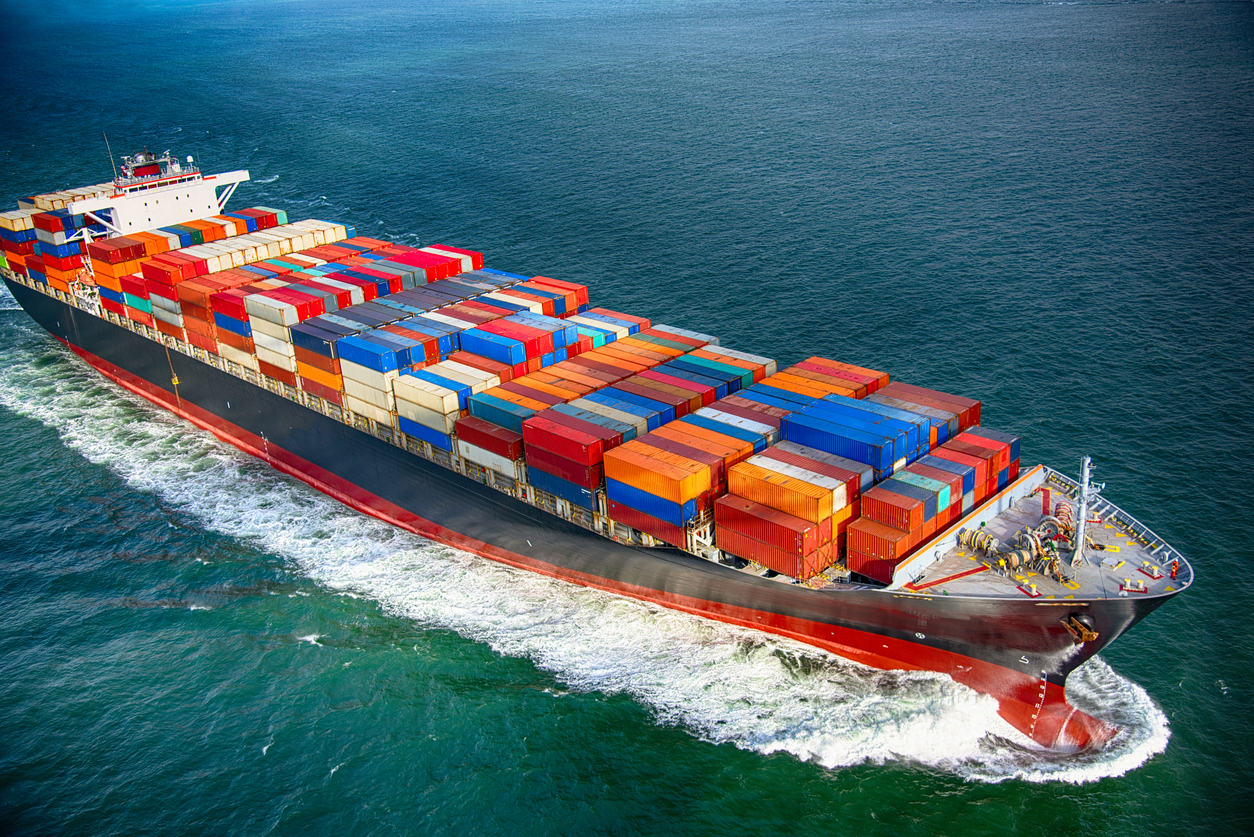The latest annual Council of Supply Chain Management Professionals State of Logistics Report, released Tuesday, said business logistics costs rose 22 percent last year, straining shipping budgets as companies struggled to adjust to rapidly changing consumer demand.
Business logistics costs in the United States will rise to $1.85 trillion in 2021, accounting for 8% of total economic output, the highest share of logistics spending relative to GDP since 2008.
According to the report, transportation costs increased by about 22%, while inventory-carrying costs—which measure the value of goods a retailer has versus the cost to store them—increased by nearly 26% over 2020.
The inventory costs reflect the long lead times for orders used by businesses to stay ahead of supply-chain disruptions, as well as delivery delays that have left retailers and manufacturers holding goods that are out of sync with demand.
Companies "have a lot of stuff sitting in places that they don't want it to be," according to Steve Bobb, chief marketing officer at BNSF Railway Co.
The report provides a detailed financial framework for the widespread disruption in supply chains caused by the Covid-19 pandemic. Sudden shutdowns that began in early 2020 decimated production and resulted in significant changes in consumer purchasing patterns, as well as product shortages that, according to experts, continue to wreak havoc on supply-chain planning and raise logistics costs.
"We expect cost increases to moderate this year, but they will be lower than they were last year," said Balika Sonthalia, a partner in the strategic operations practice at management consulting firm Kearney and one of the report's authors.
Consumer spending, which drives logistics decisions, has shifted again in recent months, with people spending more on items such as fuel, travel, and work apparel, at the expense of categories such as loungewear, furniture, and home improvement.
S&P Global Market Intelligence's director of transportation consulting, Paul Bingham, predicts a 4.2 percent increase in consumer spending this year. "However, the composition of that is changing," he explained. "The category of durables is facing headwinds."
Target Corp. announced earlier this month that it will cancel vendor orders and offer discounts to customers in order to clear out excess inventory. Other major retailers, such as Gap Inc., Kohl's Corp., and Macy's Inc., have also reported having an excess of the wrong items on hand.
Jennifer Kobus, vice president of transportation and logistics at cosmetics retailer Ulta Beauty, said the company's suppliers and logistics providers must work closely together to ensure goods arrive on time.
"Preparation is essential. "We've had multiple contingency plans for the past few years," she said, referring to the peak fall shipping season. "That's what we're going to do this year."
According to Bob Biesterfeld, president and CEO of freight broker C.H. Robinson Worldwide Inc., supply-chain delays have been occurring for the past 18 months. In December, he said, the company was unloading Halloween costumes at its warehouses at the ports of Los Angeles and Long Beach.
"It's inventory," Mr. Biesterfeld explained, "but it's clearly not the right inventory."













